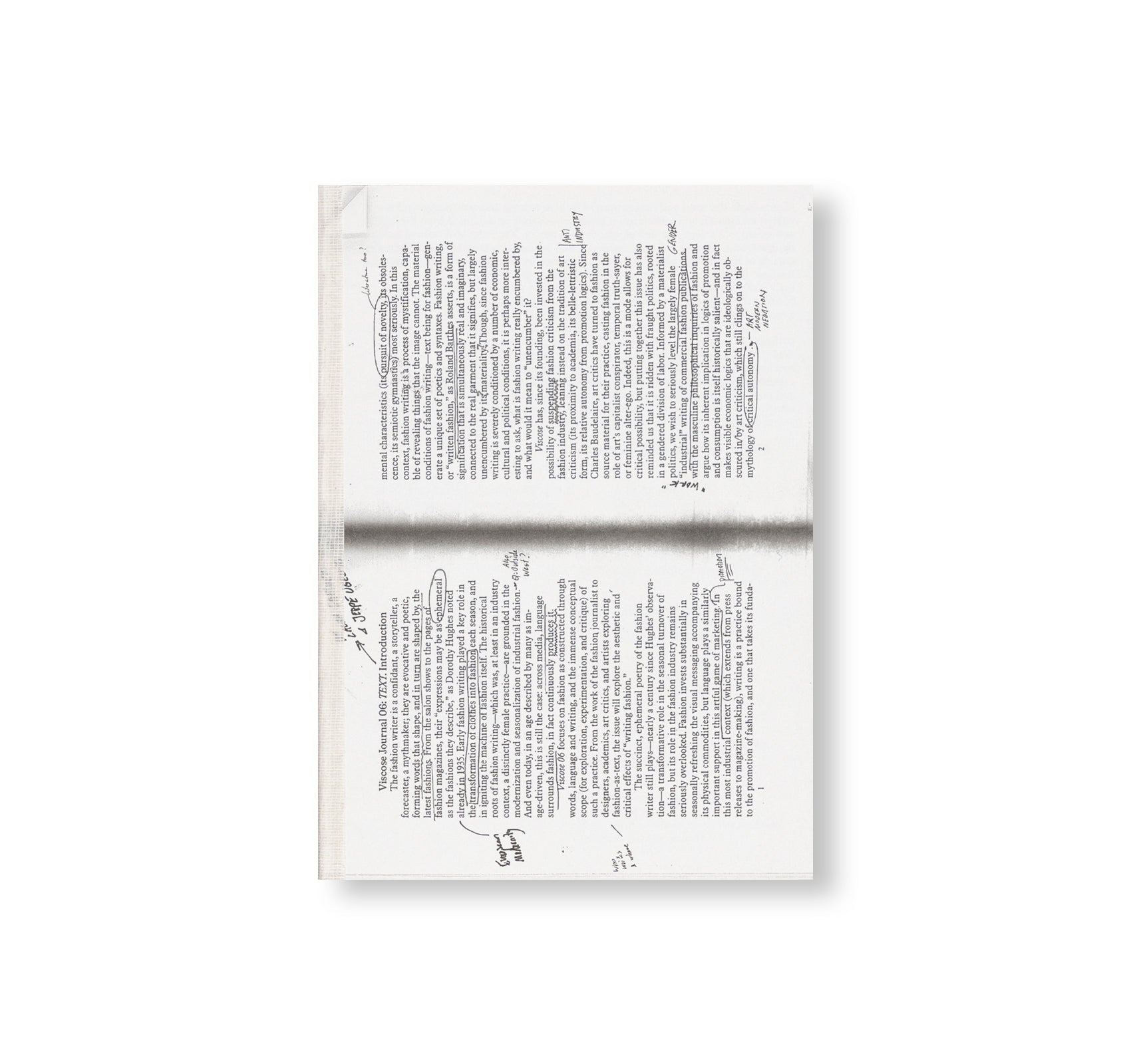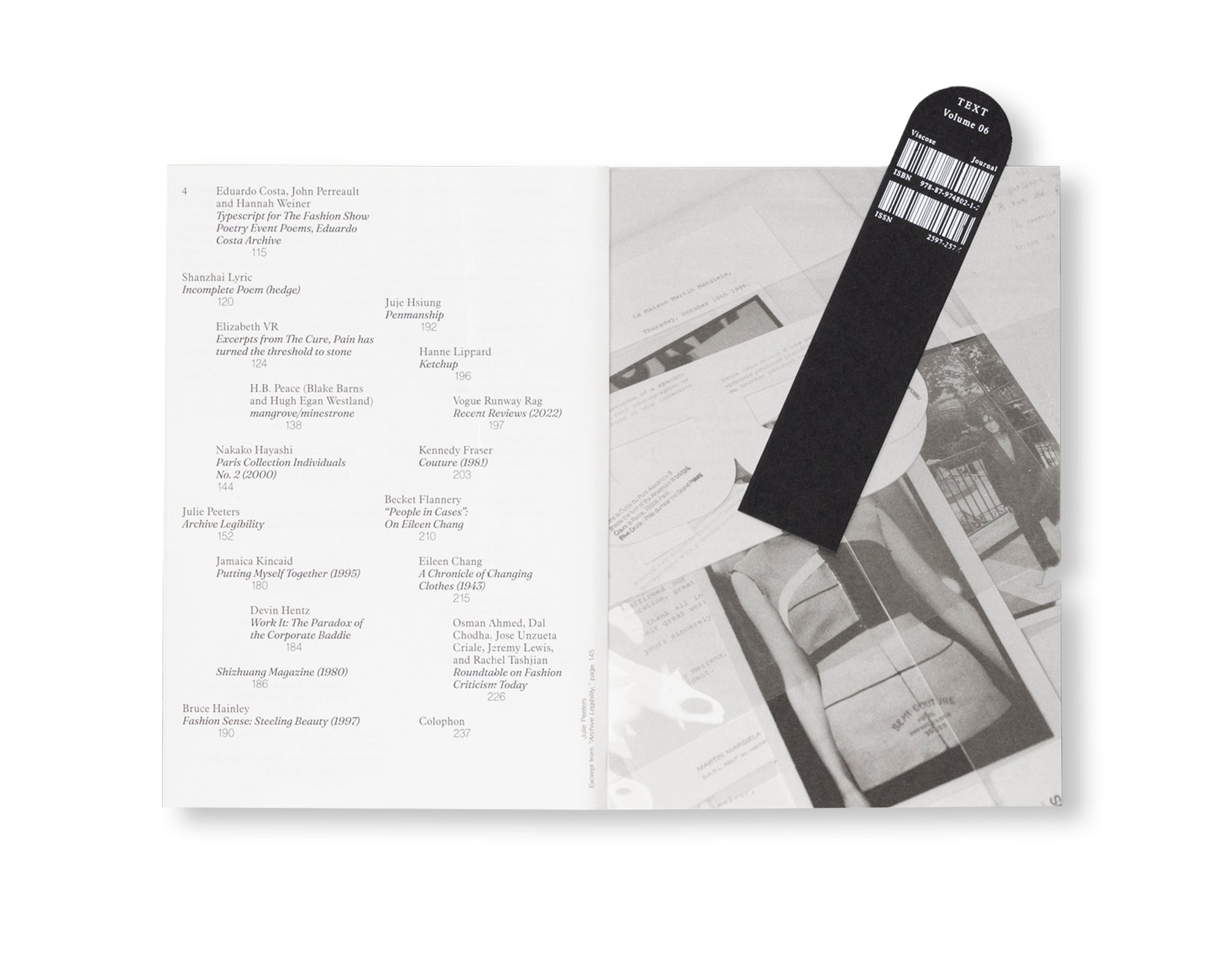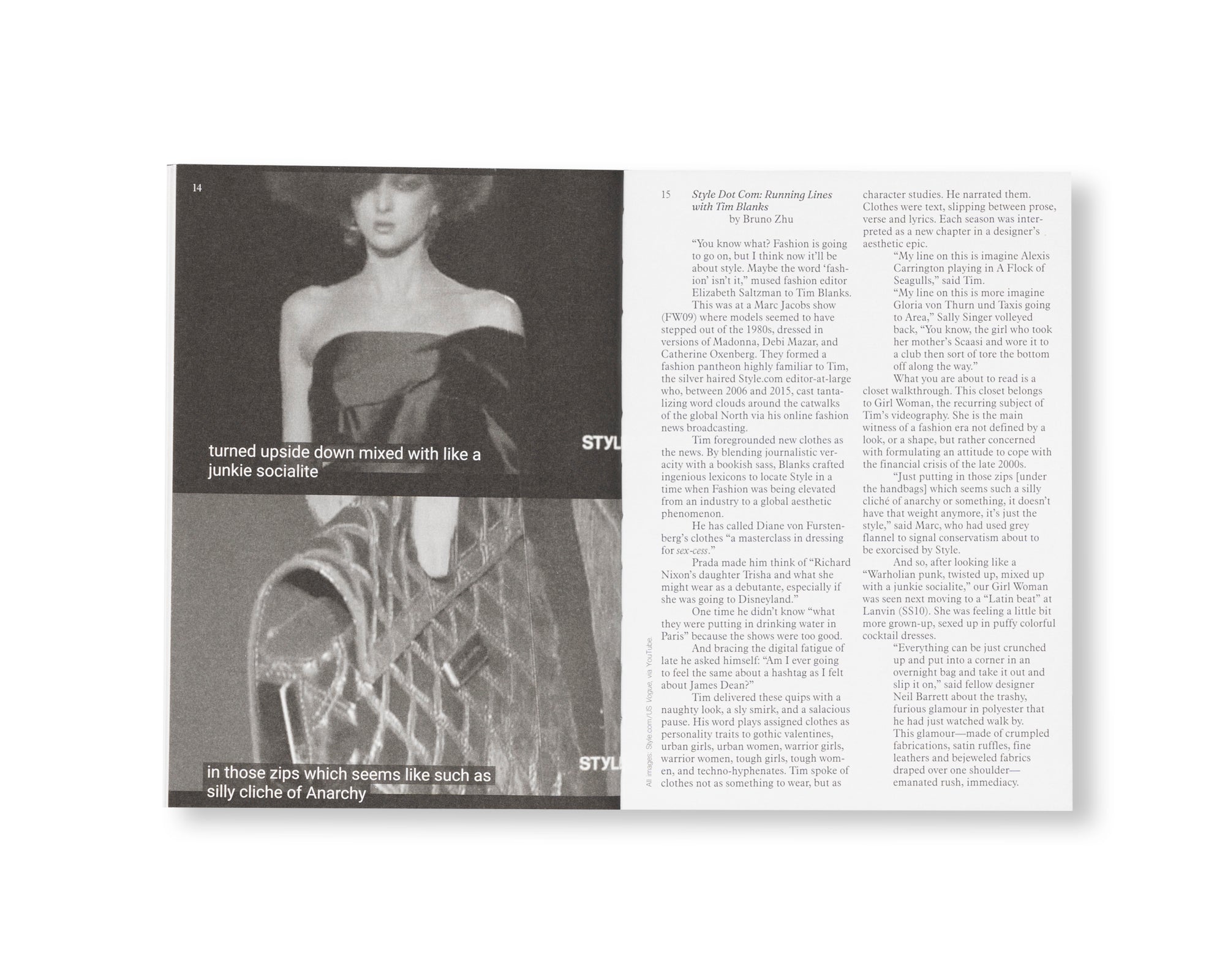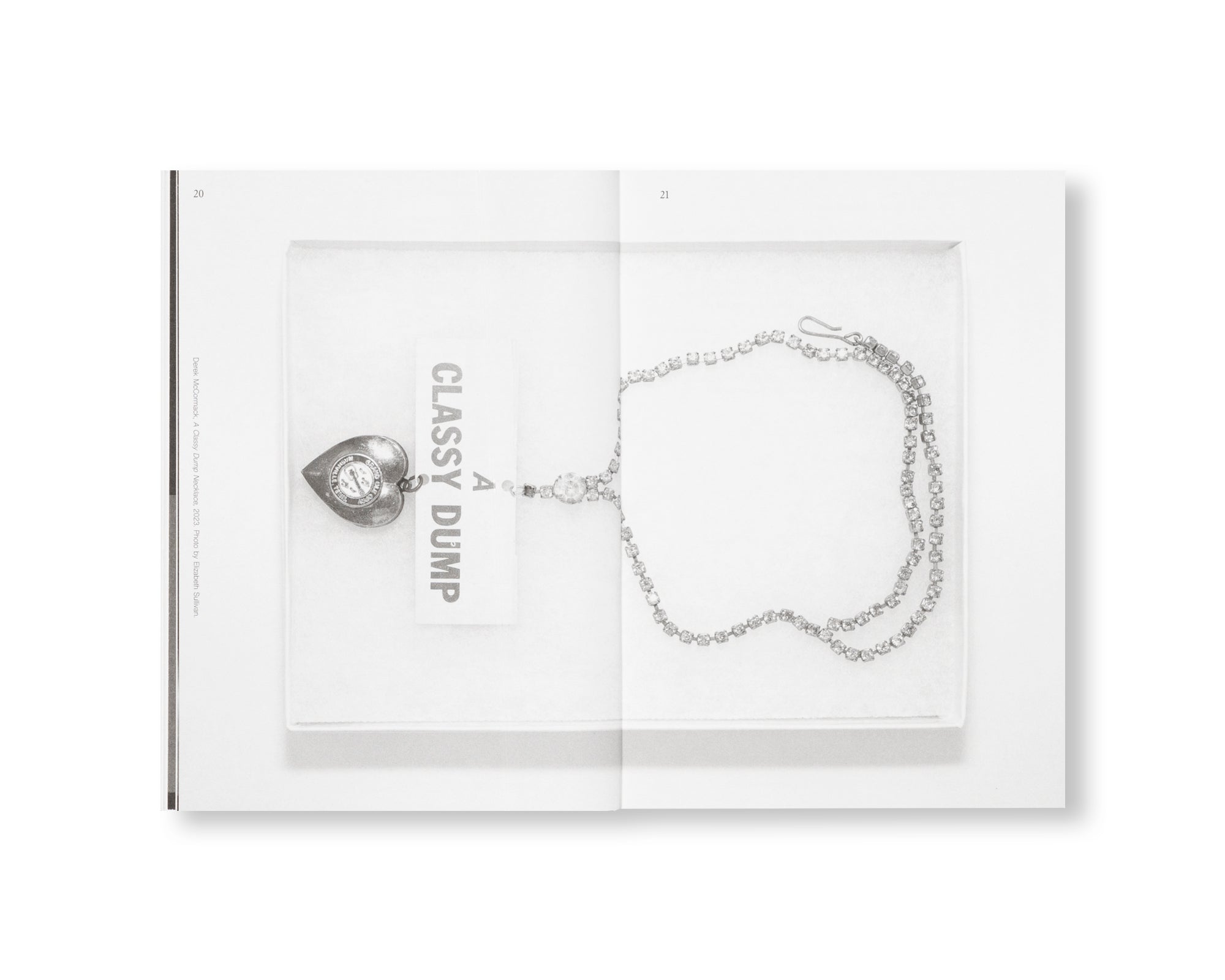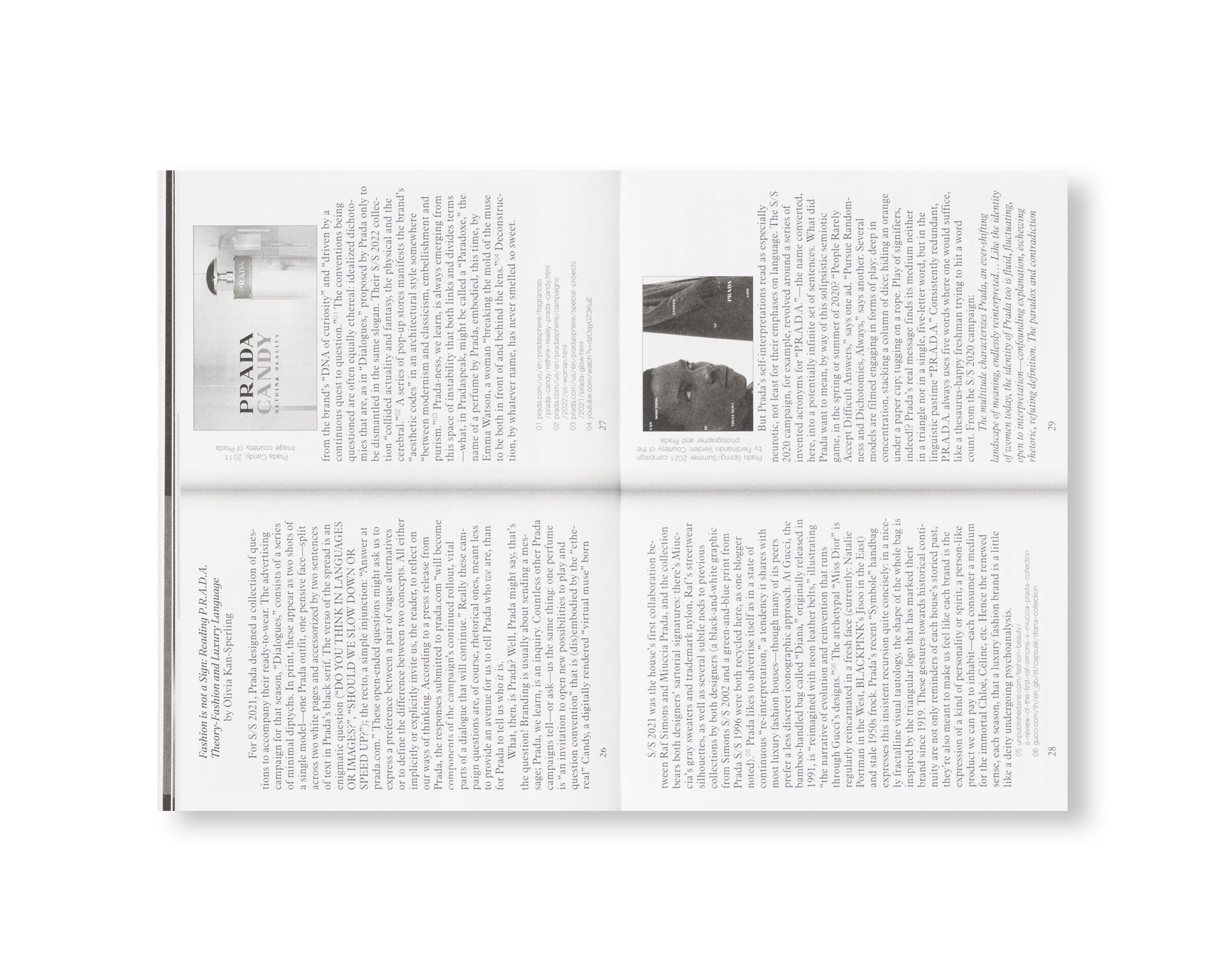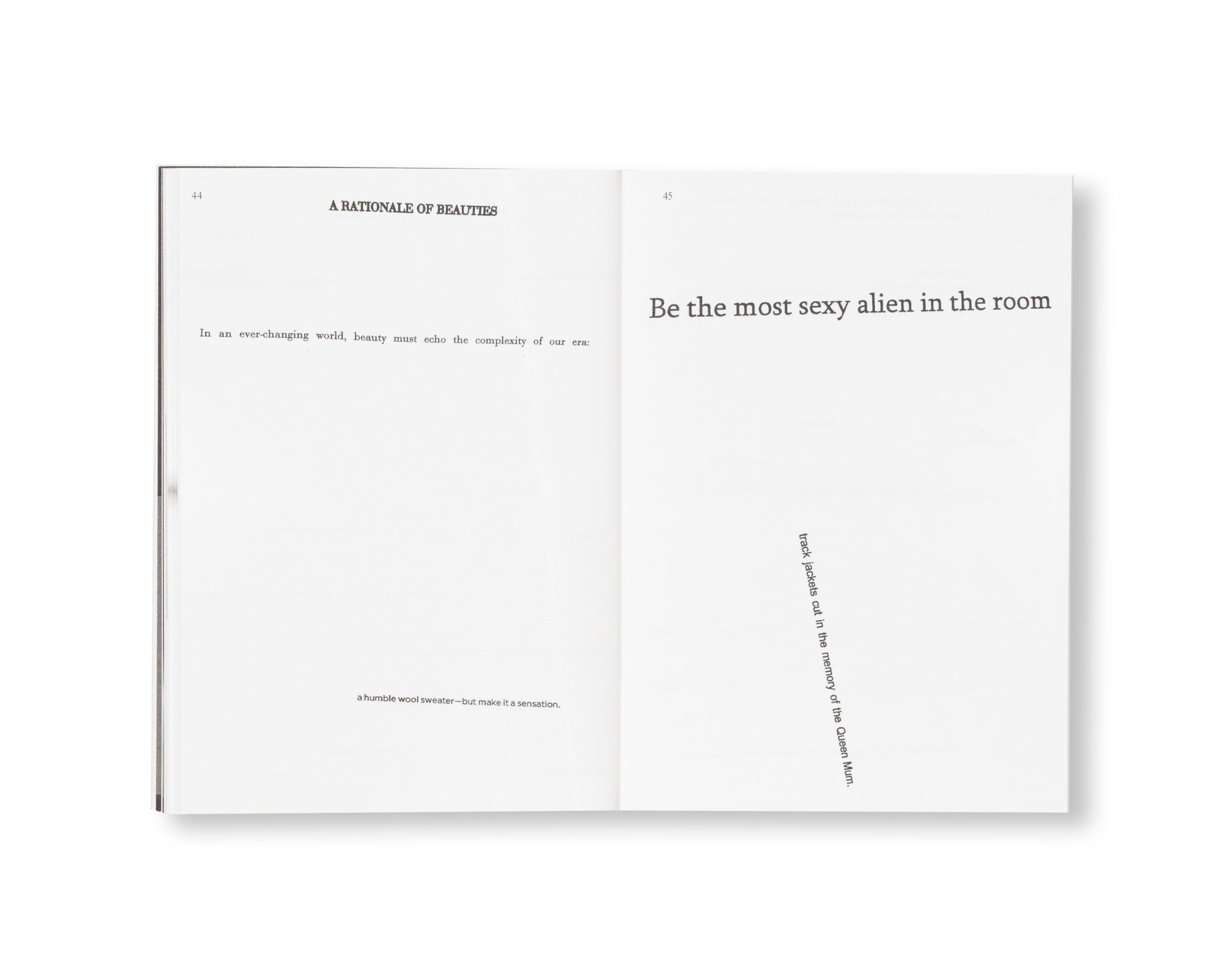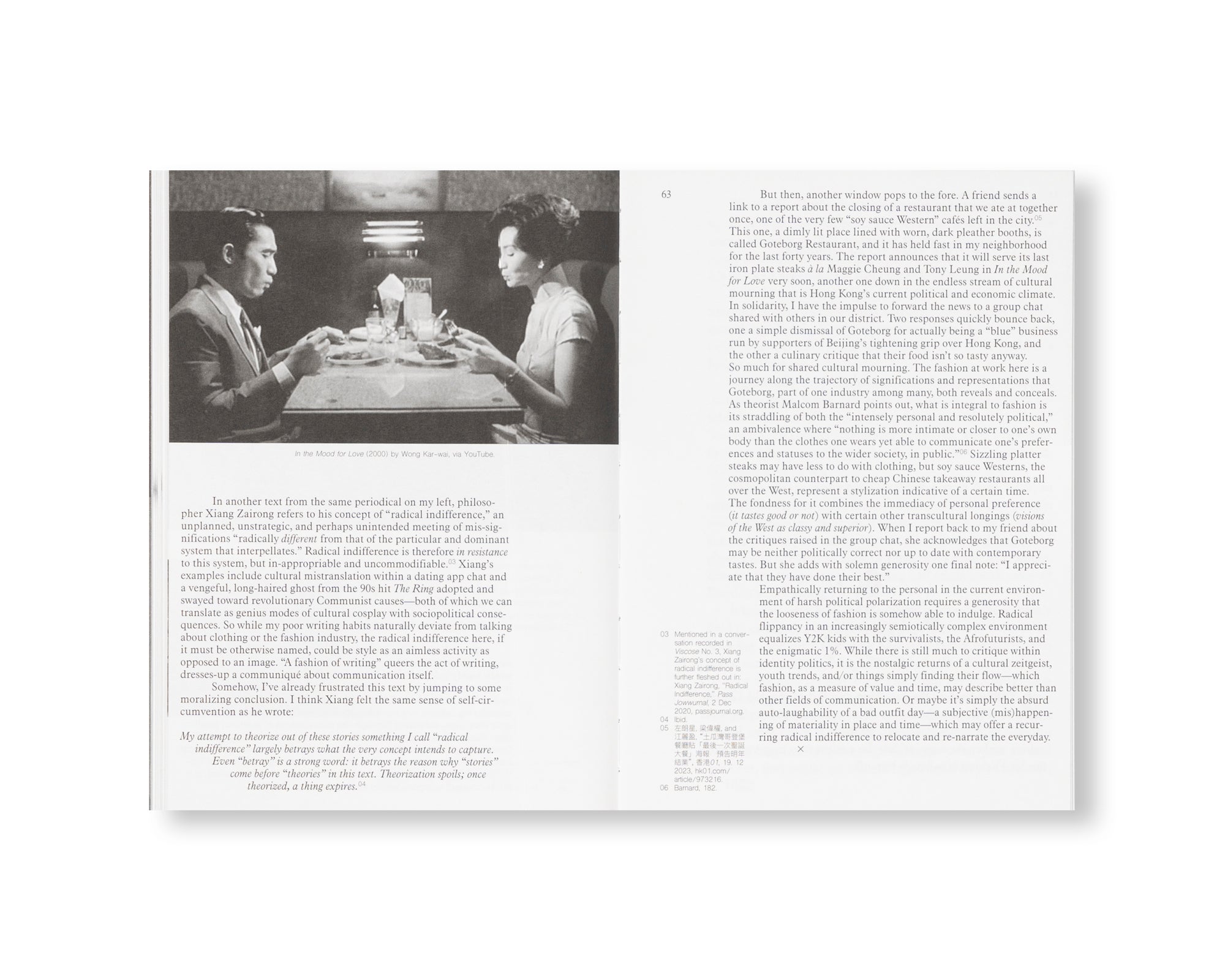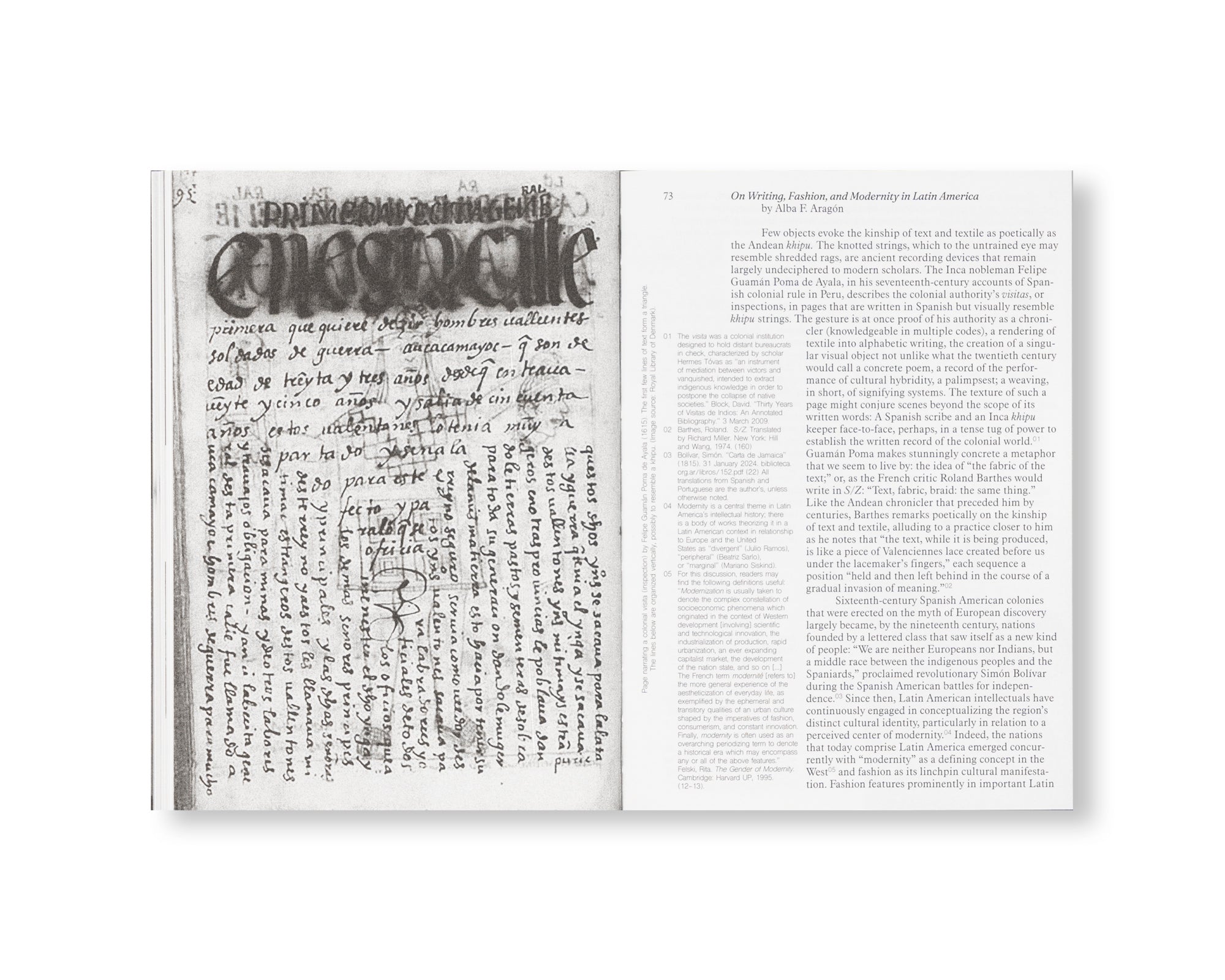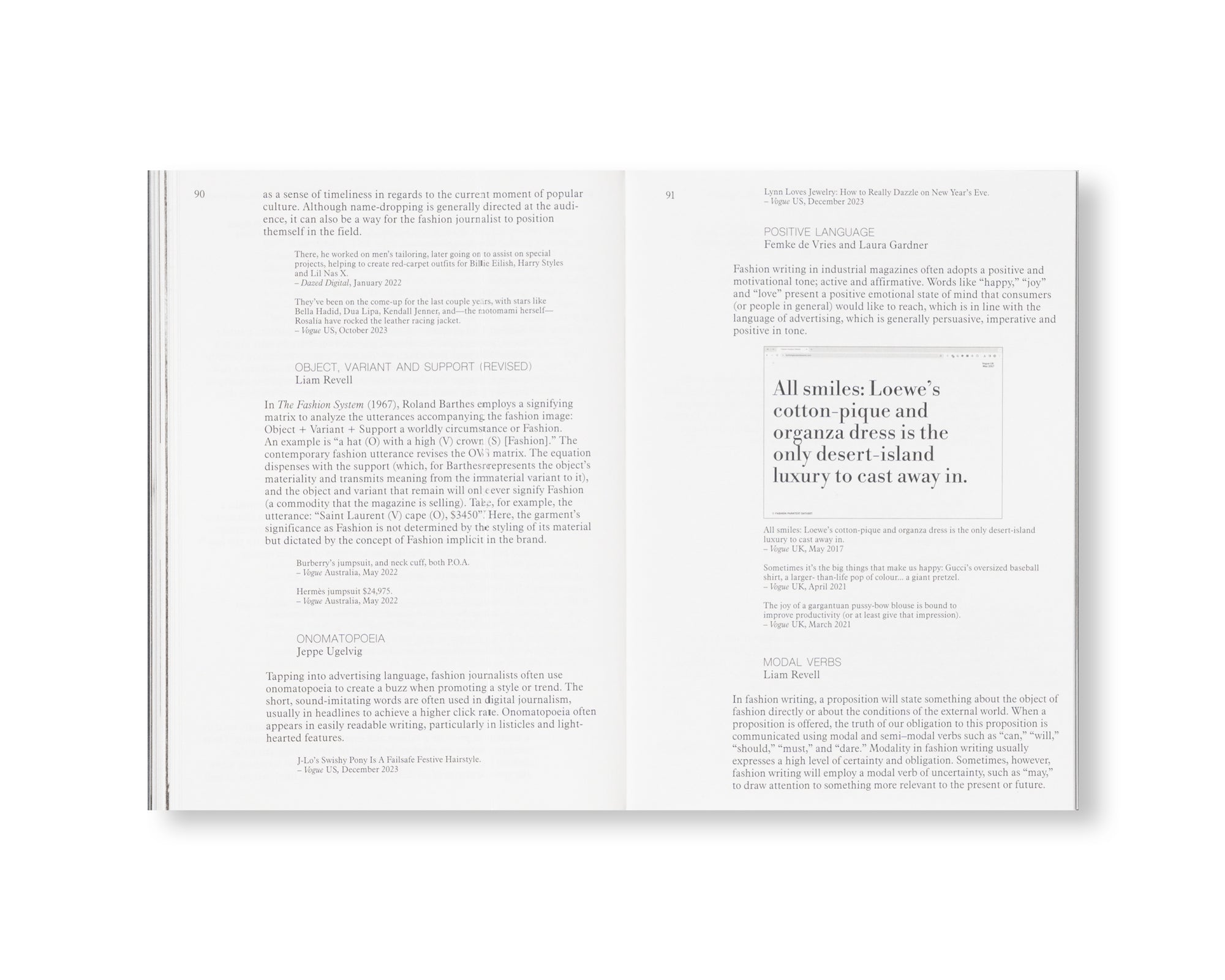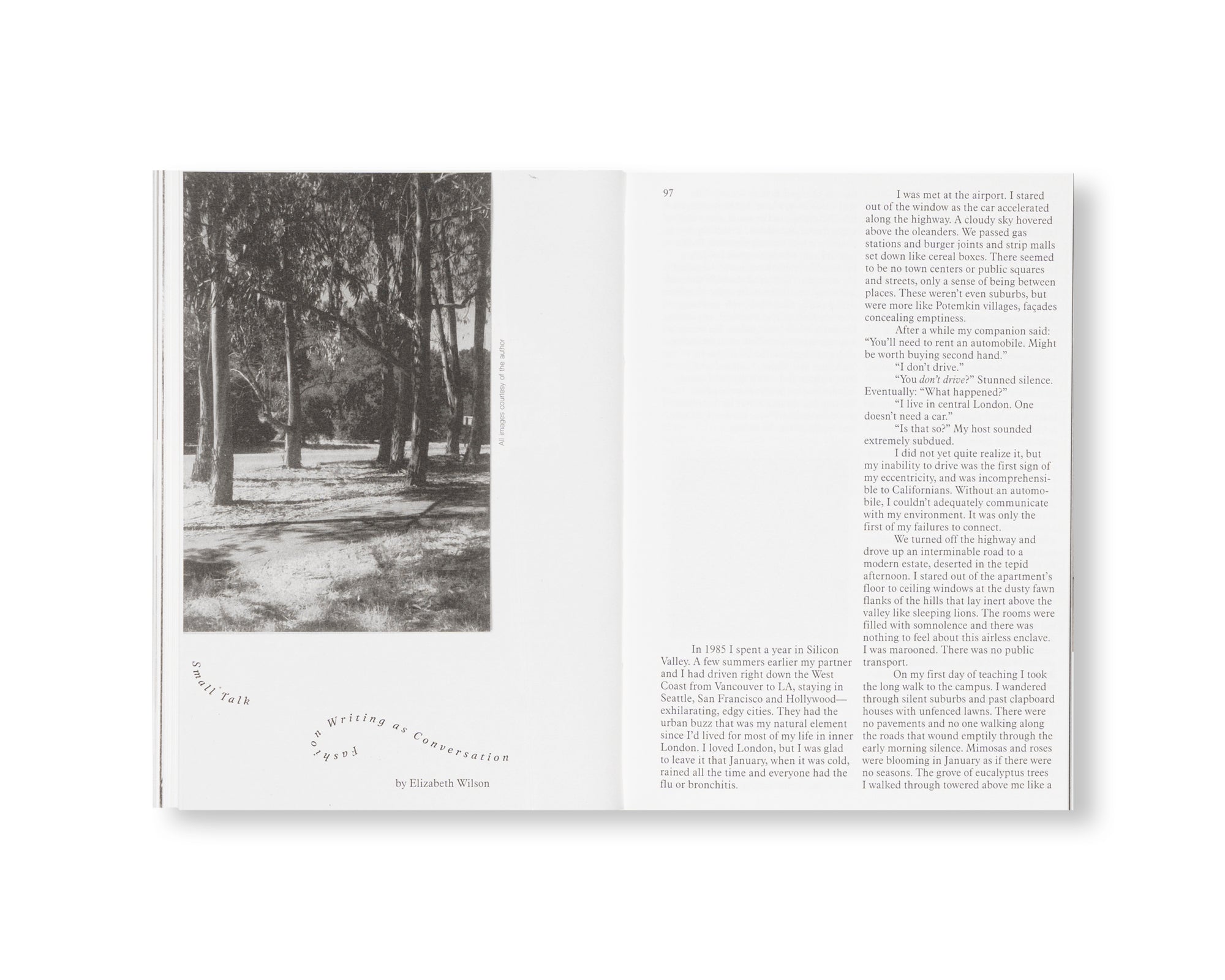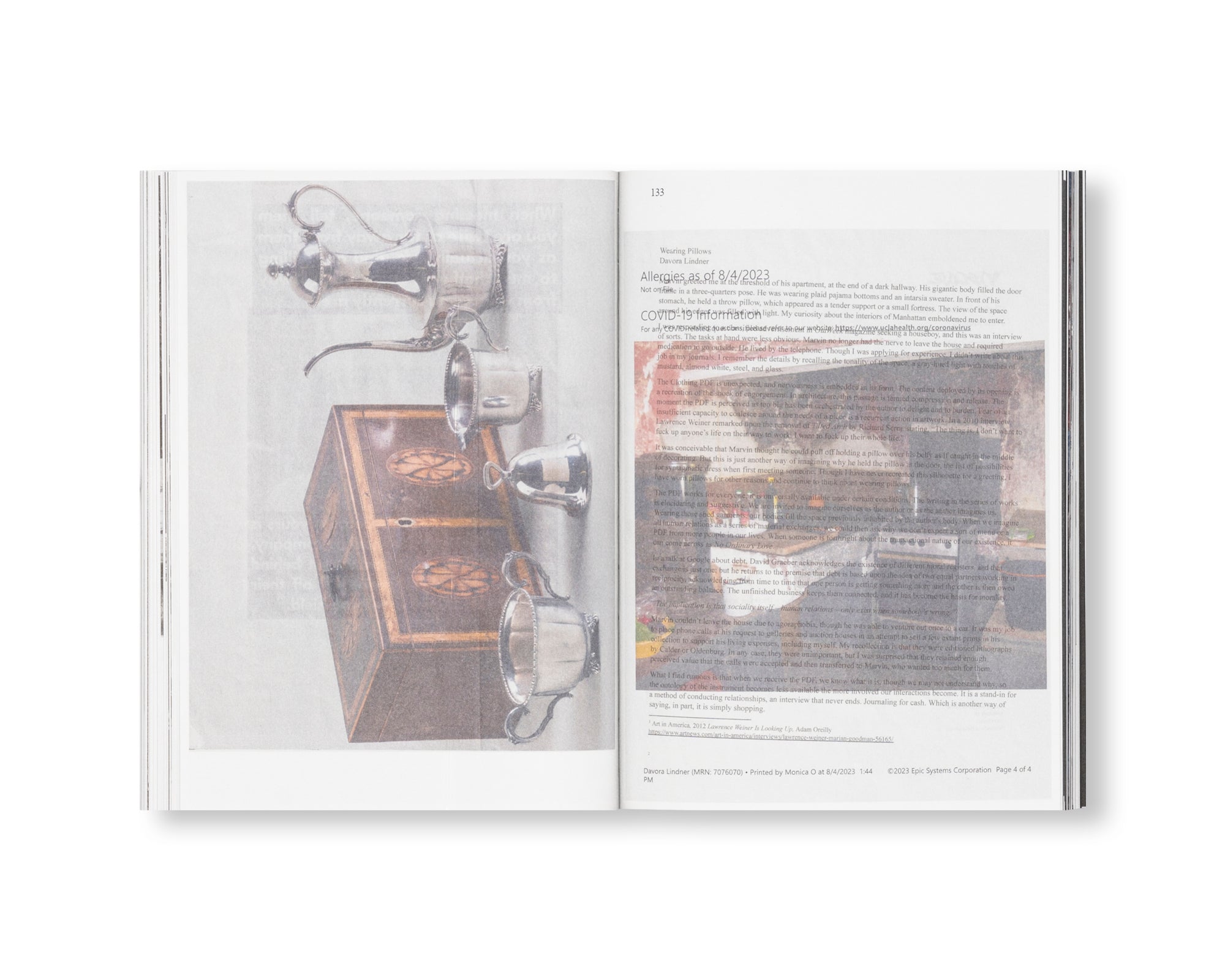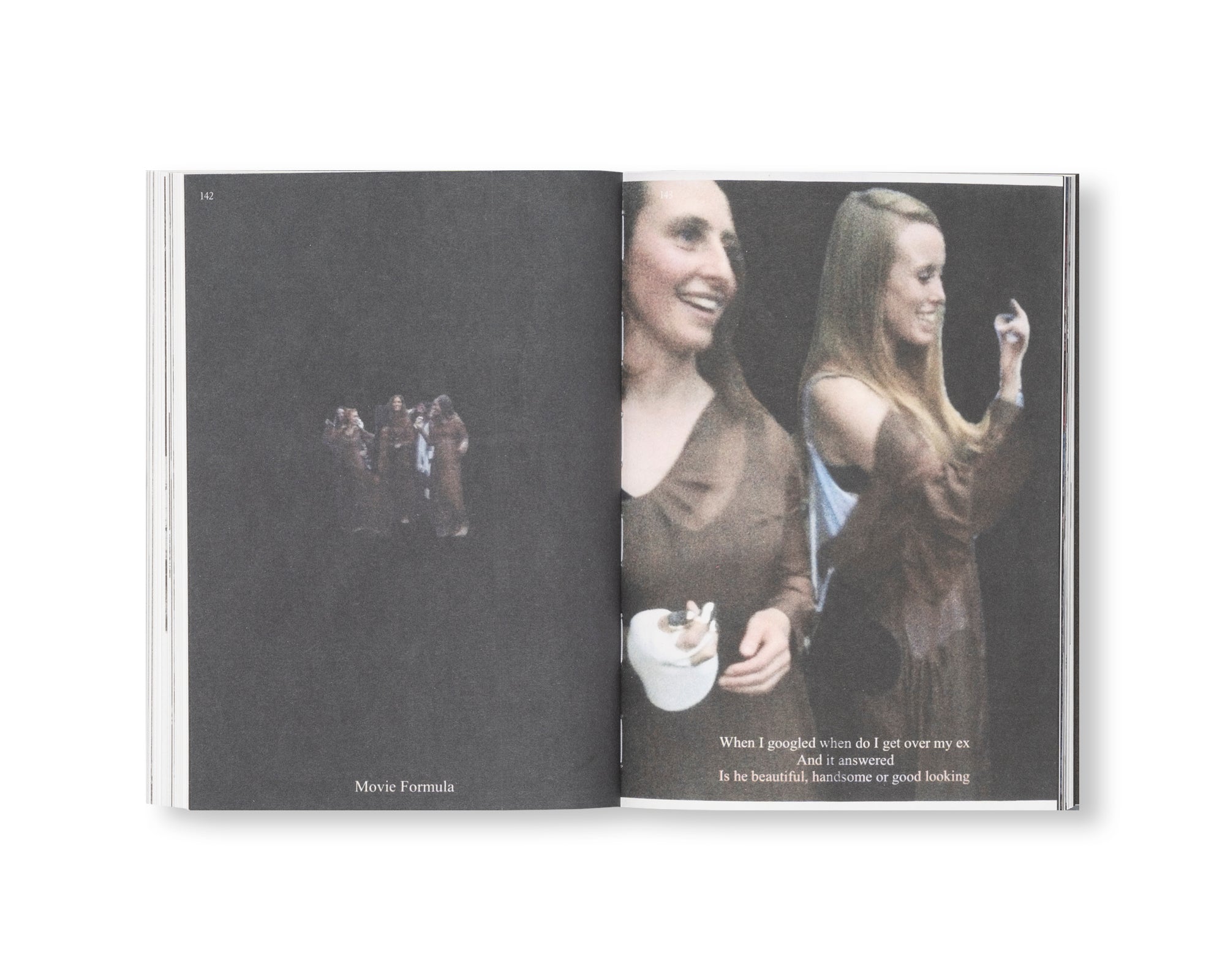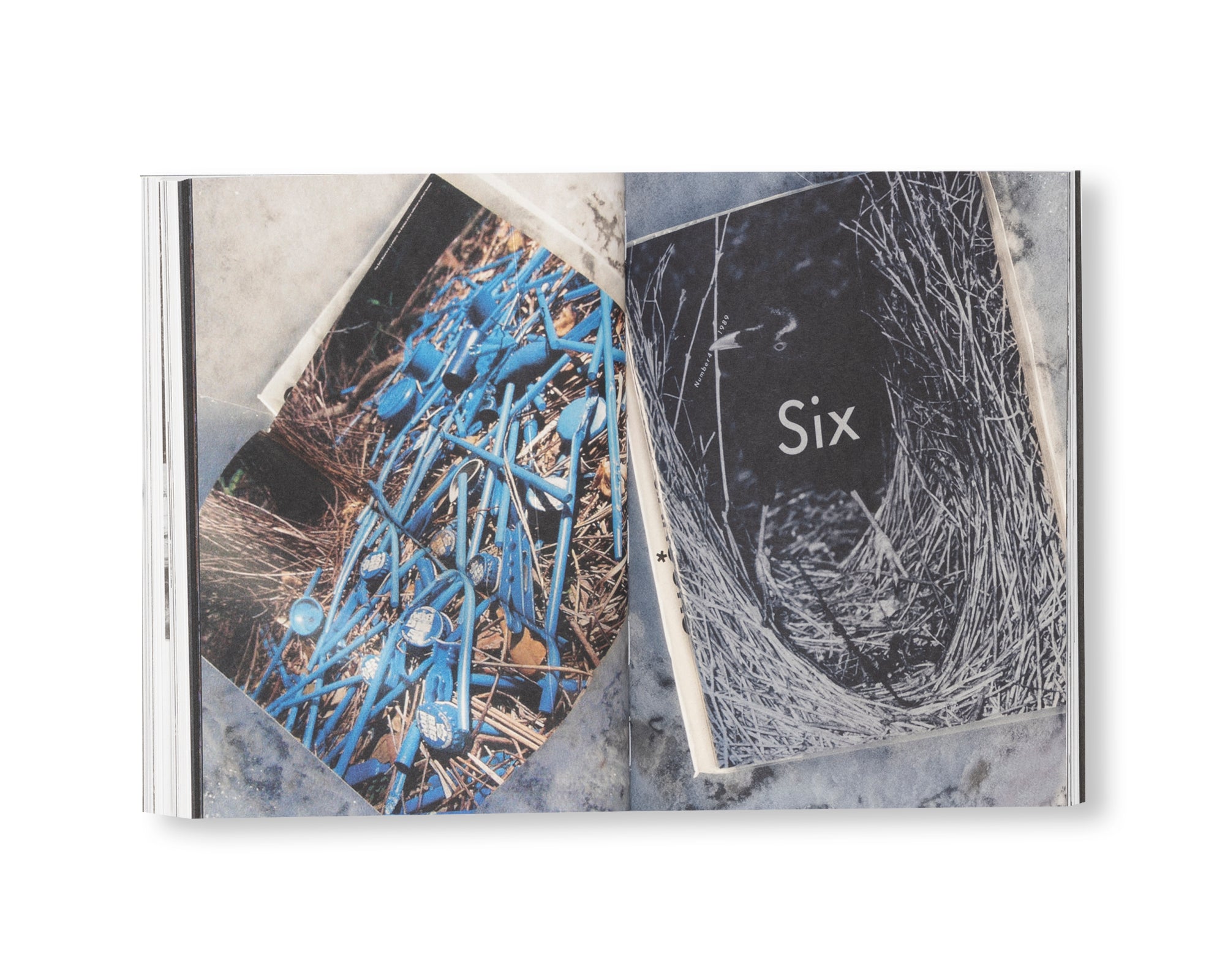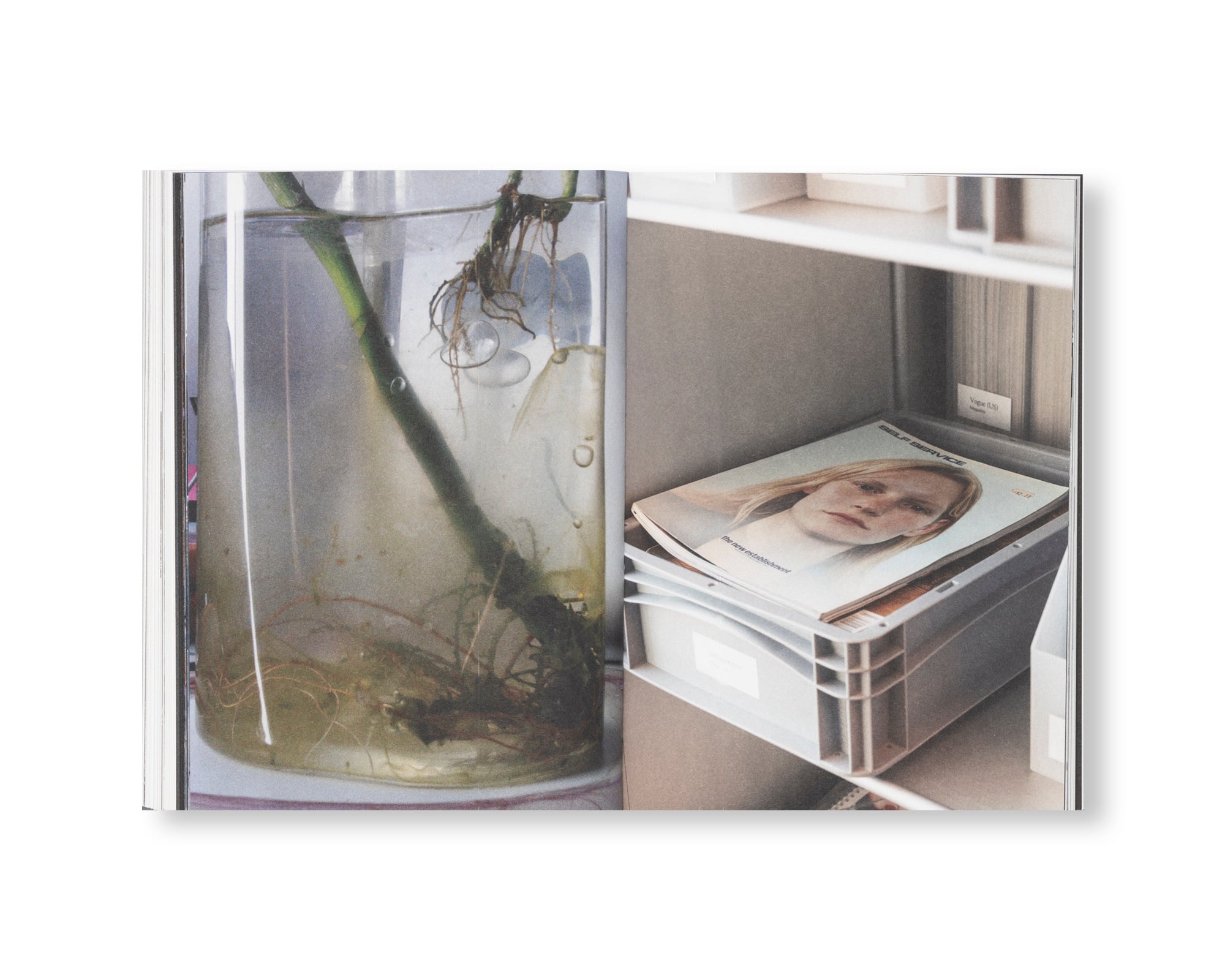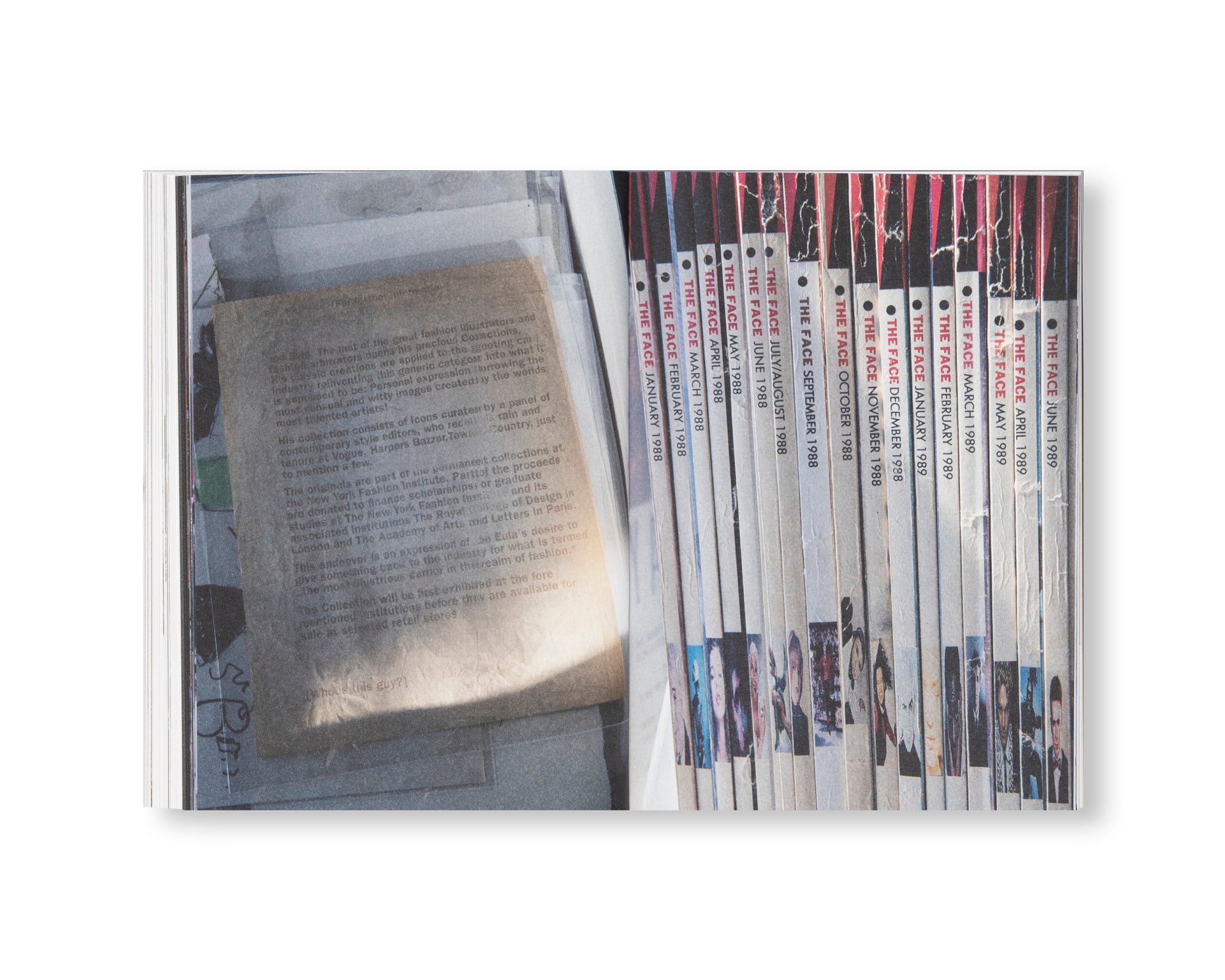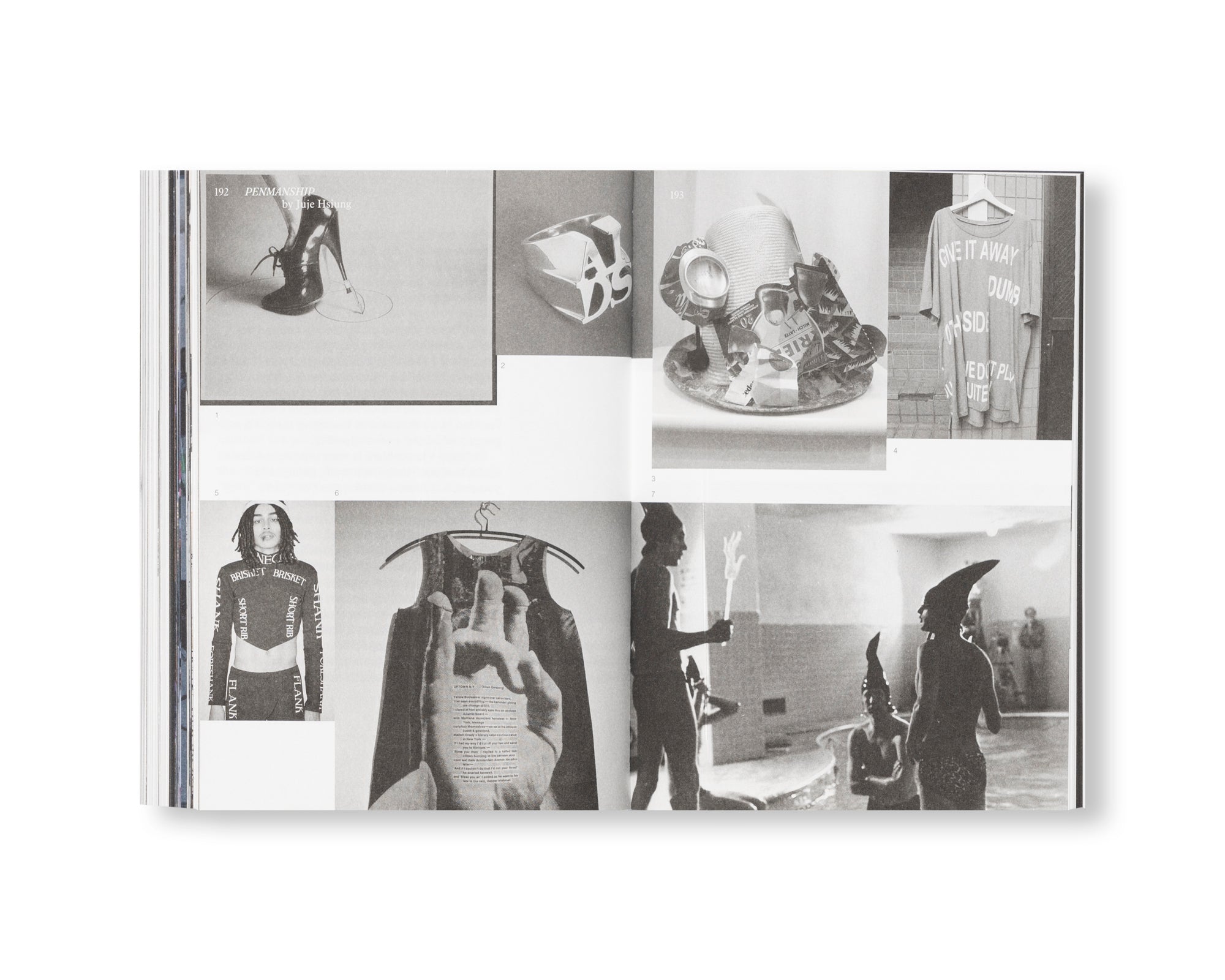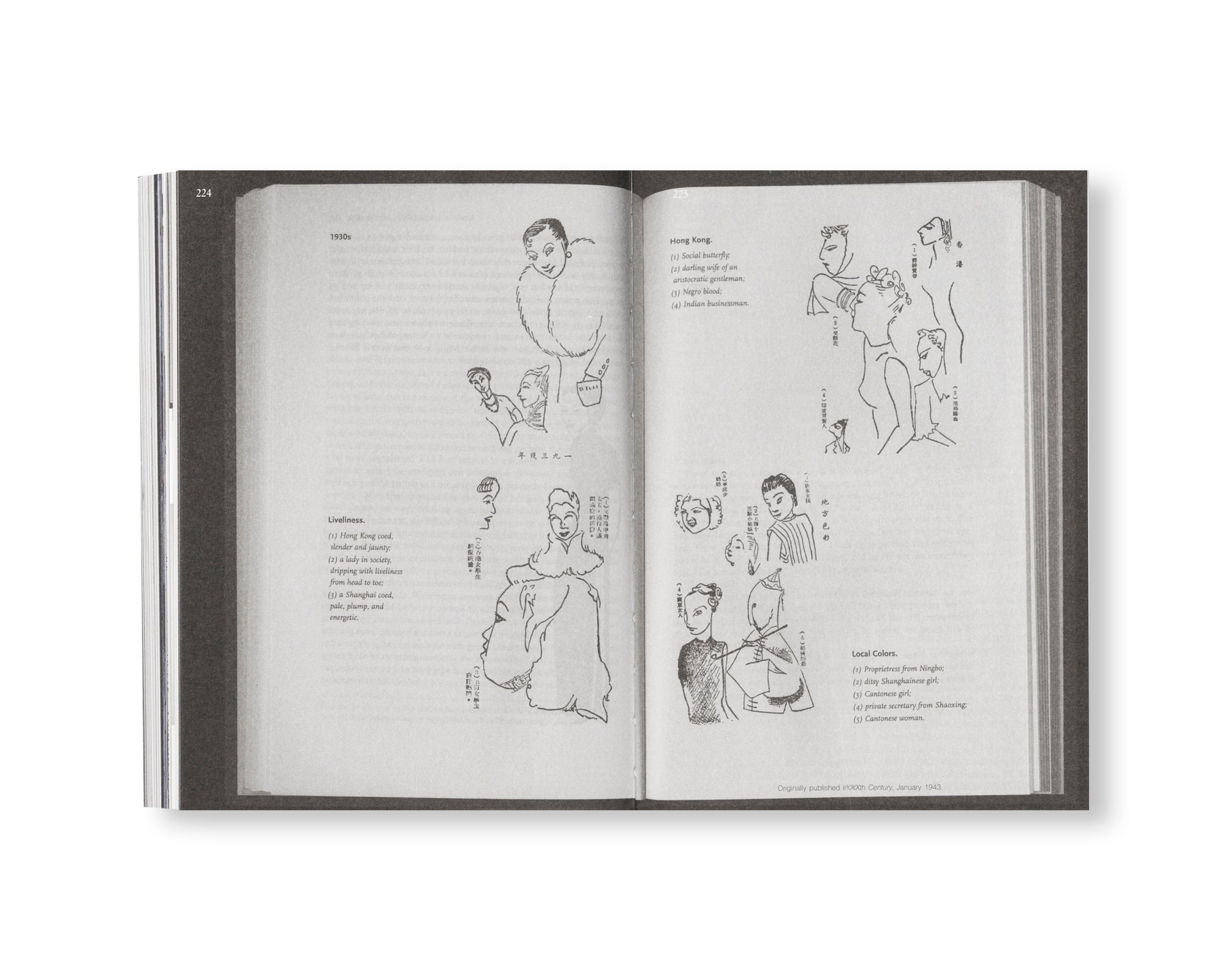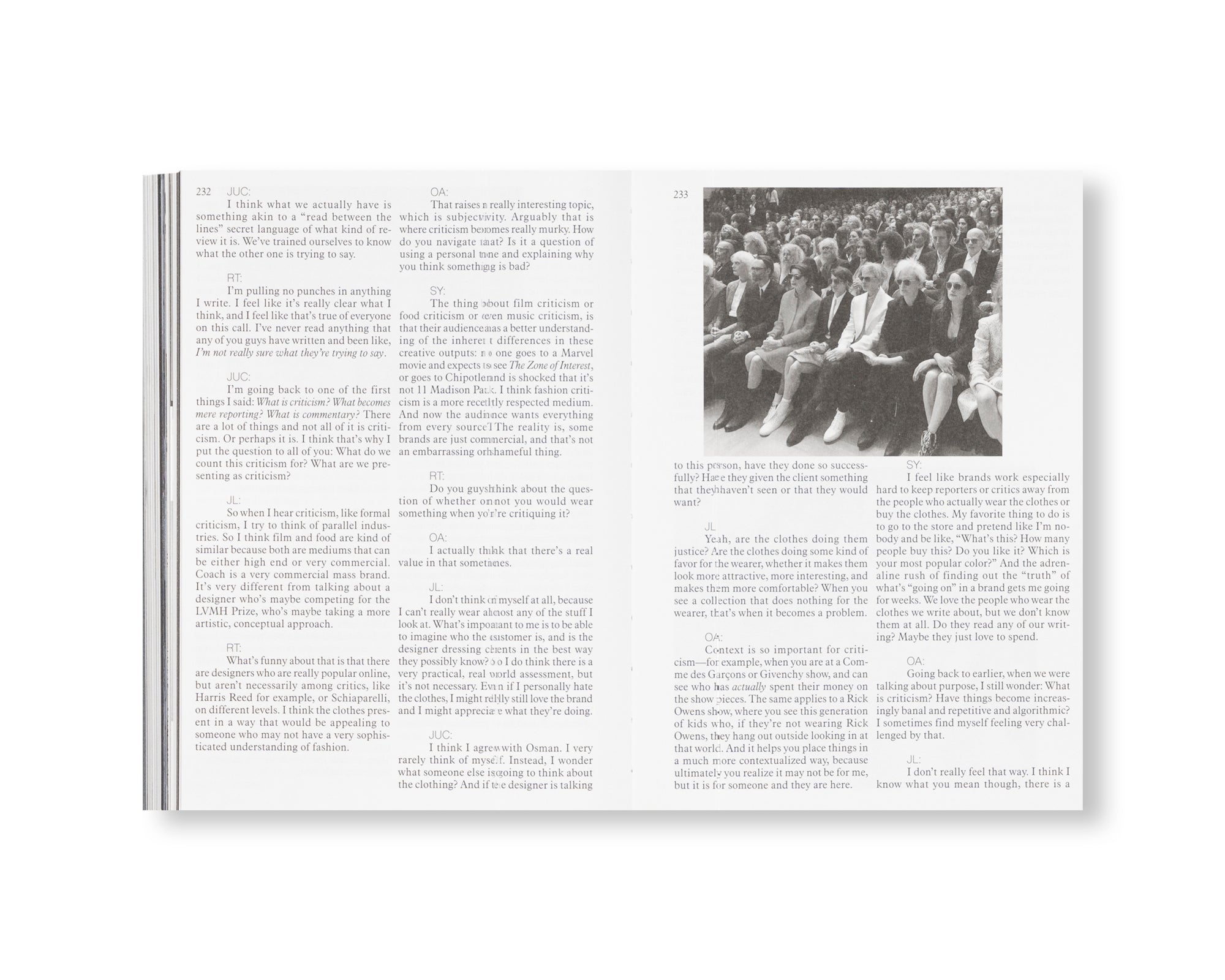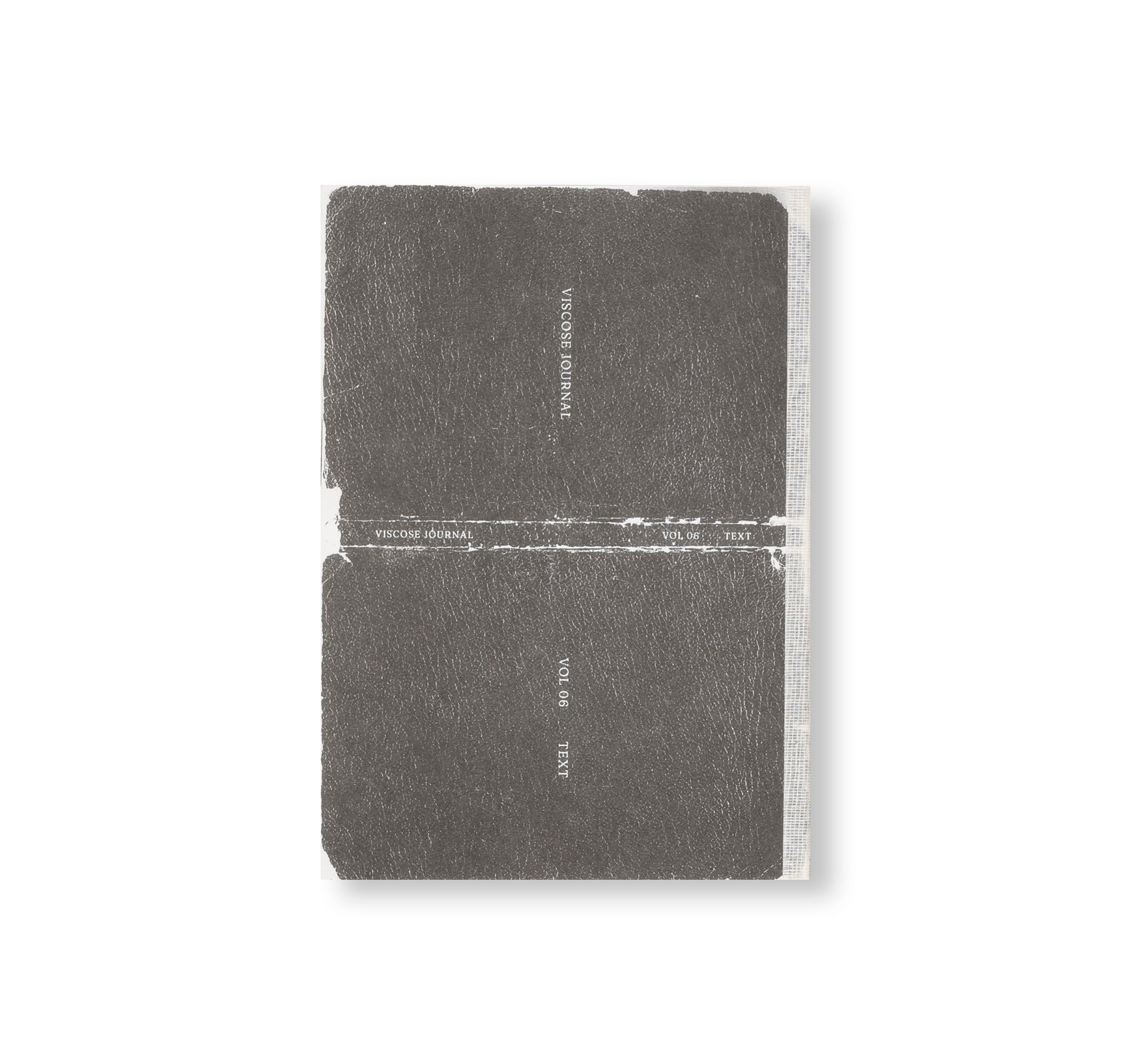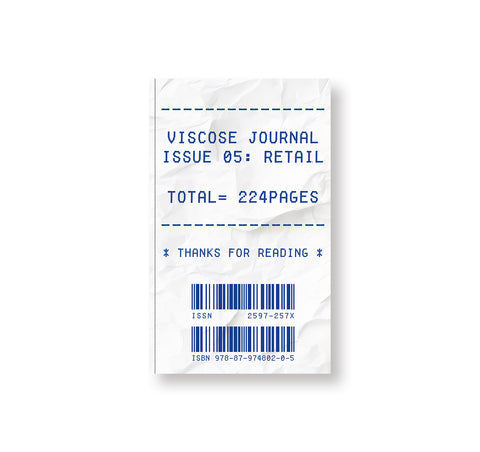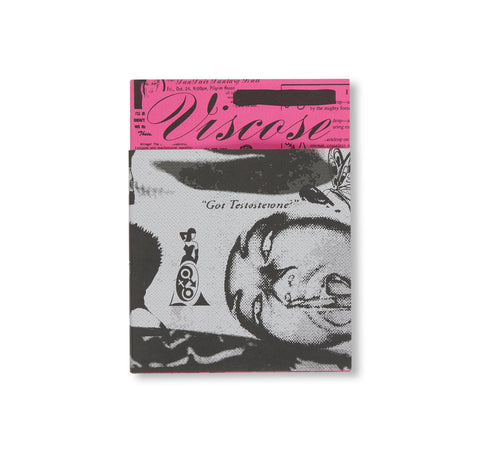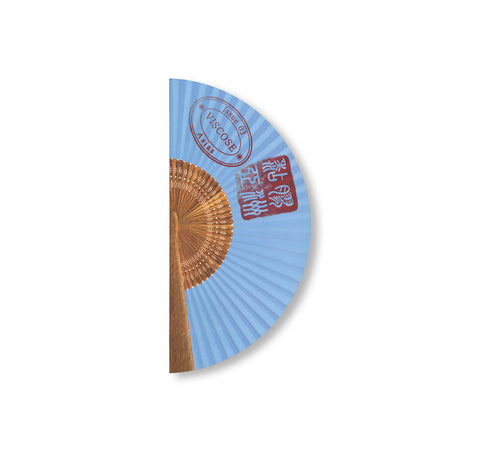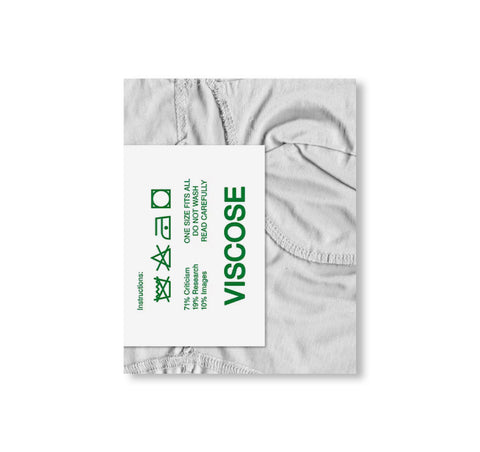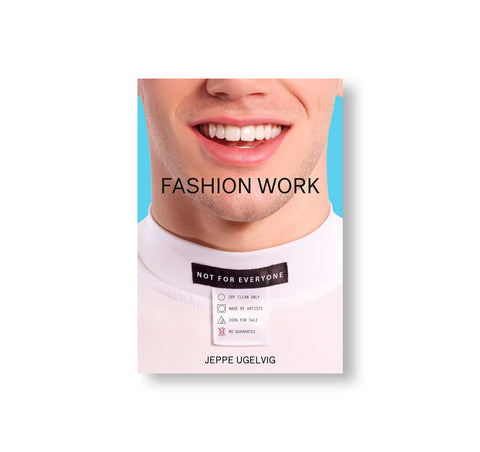VISCOSE JOURNAL ISSUE 06: TEXT
2021年にニューヨークとコペンハーゲンを拠点に始動したファッション批評誌。ファッション・アートスカラーでありキュレーターのイエッペ・ウゲルヴィグ(Jeppe Ugelvig)が編集長を務める。毎号特定のテーマを掲げ不定期に刊行する本誌は、それぞれ異なる本の形式を採用し、ジャンルを超えた思考を提案することで、ファッションにおける研究、制作、また批評の可能性を拡げることに挑んでいる。あらゆる領域、産業、場所の孤立化を拒みつつ、世界中の知的なファッションコミュニティを対象に発信する。また、研究機関や美術館などと共同で研究を進めることで、広告を掲載することなく刊行を続けている。
第6号である本書は、「TEXT」をテーマとし、言葉、言語、文章によって構築されるファッションに焦点を当てている。ファッション・ジャーナリストや美術評論家のペンから、デザイナーが用いるコンセプチュアルな言葉遊びまで、ファッション業界の内外で「ファッションを書く」ことの美学的、批評的効果を掘り下げる。
The sixth issue of Viscose Journal focuses on fashion as constructed through words, language and writing. From the pens of fashion journalists and art critics to the conceptual wordplay of designers, the issue delves into the aesthetic and critical effects of “writing fashion” in and outside of fashion industries.
The fashion writer is a confidant, a storyteller, a forecaster, a mythmaker; they are evocative and poetic, forming words that shape, and in turn are shaped by, the latest fashions. From the salon shows to the pages of fashion magazines, their “expressions may be as ephemeral as the fashions they describe,” as Dorothy Hughes noted already in 1935. Early fashion writing played a key role in the transformation of clothes into fashion each season, and in igniting the machine of fashion itself. The historical roots of fashion writing— which was, at least in an industry context, a distinctly female practice— are grounded in the modernization and seasonalization of industrial fashion. And even today, in an age described by many as image-driven, this remains true: across various media platforms, language not only surrounds fashion but also continuously contributes to its creation.
The succinct, ephemeral poetry of the fashion writer still plays—nearly a century since Hughes’ observation—a transformative role in the seasonal turnover of fashion, but its role in the fashion industry remains seriously overlooked. Fashion invests substantially in seasonally refreshing the visual messaging accompanying its physical commodities, but language plays a similarly important support in this artful game of marketing. In this industrial context spanning from press releases to magazine production, writing is devoted to fashion promotion, prioritizing its fundamental traits of novelty, urgency, and semiotic complexity. In this context, fashion writing is a process of mystification, capable of revealing things that the image cannot. The material conditions of fashion writing—of being for fashion—generates a unique set of poetics and syntax. Fashion writing, or “written fashion,” as Roland Barthes asserts, is a form of signification that is simultaneously real and imaginary, connected to the real garment that it signifies, but largely unencumbered by its materiality. Given the constraints of economic, cultural, and political factors on fashion writing, it is perhaps more interesting to ask, what is fashion writing really encumbered by, and what would it mean to “unencumber” it?
Since Baudelaire, art critics have turned to fashion as source material for their practice, casting fashion in the role of art’s capitalist conspirator, temporal truth-sayer, or feminine alter-ego. This erratic history is one filled with both fraught politics (rooted in a gendered division of labor) as well as critical possibility: art writing gestures to a style of intellectualism and independence from industry that is largely foreign in fashion. Viscose Journal has, since its founding, aimed to detach fashion criticism from industrial frameworks that has historically premised it. At the same time, informed by a materialist politics of fashion labor, we wish to seriously level the largely female writing of commercial fashion publications with the masculine philosophical inquiries of fashion.
While “fashion writing” denotes a thematic category within the wider field of writing, our theme of “writing fashion” prompts an exploration of fashion writing as a mode of fashion production and critique. This issue aims to explore writing as a tool for shaping fashion and broaden its perspectives by presenting a survey of experimental, fictocritical, and poetic approaches to writing fashion. In this expanded field of writing, “fashion” unfolds as a ubiquitous and epistemologically complex phenomena of everyday life pertinent to all.
Accompanied by the exhibition “Writing Fashion“ at and published by the International Library for Fashion Research in Oslo, Norway, staged in June 2024, Viscose Journal 06 strives to be a thought-provoking journey into the captivating intersection of fashion and language. We are grateful to the library’s fantastic team and collaborators for their ongoing support and collaboration.
